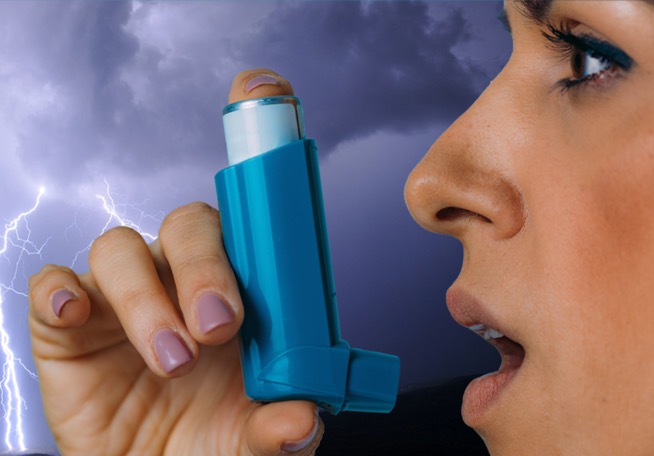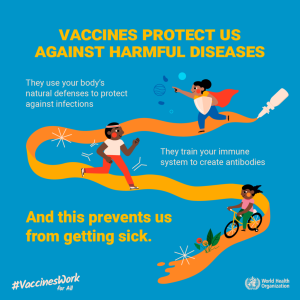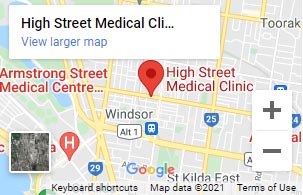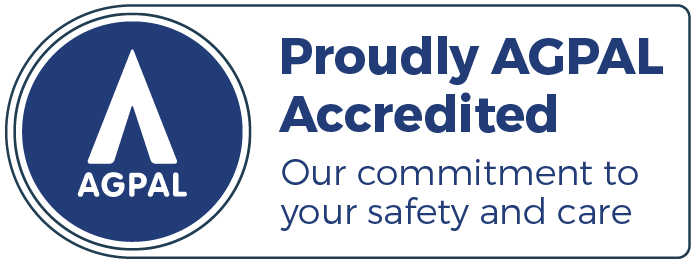If you’re wondering if a storm can actually make you sick, the answer is yes! Scientists for a long time have studied the relationship between weather and Asthma. And they have all found a strong link between gusting, strong winds, and Asthma. Let’s find out more.
What is Thunderstorm Asthma?
Thunderstorm asthma is the trigger of an asthma attack due to the environmental conditions caused by a thunderstorm.
It is triggered by the massive amount of pollen and allergens released into the air by the strong air gusts and carried along vast distances.
So, when people with pollen allergy or Asthma breathe in the air, the tiny pollen can go deep inside the lung’s small airways, triggering an asthma attack.
In Australia, asthma attacks after thunderstorms have been reported as a recurrent seasonal phenomenon, usually in late spring.
We recommend avoiding exposure, especially during days of massive humidity and temperature changes over a short period of time.
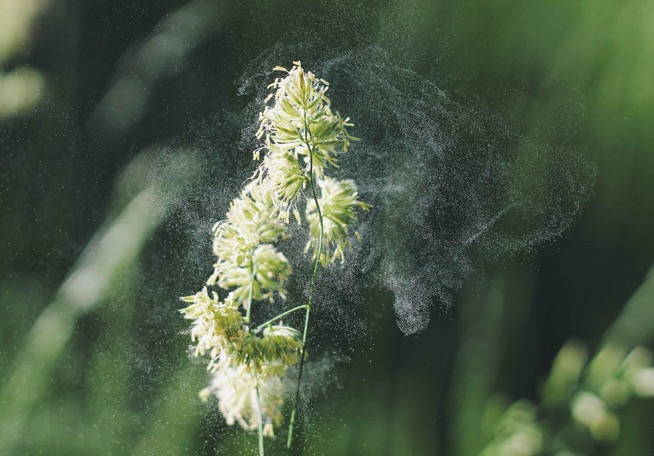
Who is at risk of Thunderstorm Asthma?
During Spring 2016, thousands of Victorians suddenly suffered from an Asthma attack. This was due to a combination of thunderstorms and pollen, affecting even those who had never had Asthma before. This was a learning experience because no one suggested that thunderstorms can be a major cause of Asthma.
However, the risk of thunderstorm asthma is highest for people already sensitive to pollen and seasonal allergies.
People at risk of thunderstorm asthma also includes:
- Someone with a history of Asthma or undiagnosed Asthma
- Someone with poorly managed Asthma
- Someone suffering from hay fever and exposed to thunderstorm pollen
- Someone suffering from Asthma currently
- Someone allergic to grass pollen
In Victoria and most of South-Eastern Australia, people with Asthma and other allergies need to be extra careful from exposure to pollen, especially between September and January.
How to manage your risk from Thunderstorm Asthma?
Talking to your doctor about managing your symptoms is the best advice. However, there are several other ways to manage your risks and symptoms. This includes;
- Avoiding exposure to grass pollen during massive temperature changes
- Do not underestimate symptoms like breathlessness, chest pain, wheezing and tightness in the chest. If these symptoms persist for a longer time, consider calling emergency services.
- If you’ve prescribed Asthma medicines, keep taking them during the hay fever season and carry your inhalers to protect yourself at the instance of an attack.
- Make sure you visit your doctor to prepare a customised Asthma action plan.
- Visit your doctors immediately if you develop Asthma symptoms.
The doctors at High Street Medical Clinic recommend meeting your doctor at least 2 weeks before the onset of the pollen season to discuss your condition and prepare an action plan.
Bottomline
Asthma attacks can be triggered by thunderstorms, and you need to be extra careful, particularly on days when high pollen counts or thunderstorms are predicted.

